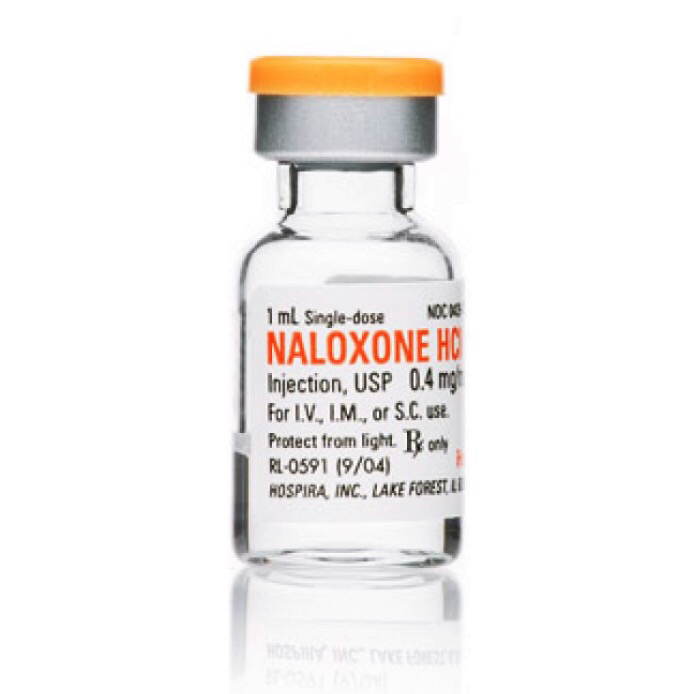DRUG OF THE DAY: NALOXONE
Naloxone (Narcan) is an opioid antagonist used to reverse opioid toxicity or overdosage.
According to The Centers for Disease Control (CDC), opioids killed more than 28,000 people in 2014 and at least half of those were from prescription drug overdoses. Many efforts are being put into place to help with this including prescription drug monitoring programs and making naloxone more readily available. Just recently, President Obama signed the Comprehensive Addiction and Recovery Act to further help with the opioid epidemic.
Naloxone is available as an injectable and an auto-injector (IM/SC) and more recently an intranasal dosage form.
ecently, naloxone has been made more readily available through many pharmacies in some states. Naloxone is still not classified as an OTC product, but is available through collaborative practice agreements with physicians, similarly to how flu shot prescriptions are processed. You can purchase the auto-injector or intranasal dosage form.
What is naloxone?
High doses of opiates can result in a potentially lethal overdose. Opioid overdose usually presents as shallow and slow breathing, pupillary miosis, bradycardia (slow heart rate), hypothermia and stupor or coma. If this is not treated quickly, then respiratory depression, cardio respiratory arrest, and death can follow. Administration of naloxone can reverse the effects of opioids; naloxone has a very quick onset of action.
How does naloxone work?
aloxone is an opioid antagonist that competitively binds to opioid receptors. The intravenous form has a quick onset of action and should work within 2-3 minutes of administration.
The effects of naloxone decrease after 2 - 3 hours so an individual should continue to be monitored for at least 24 hours after a heroin overdose and 72 hours after an overdose of a longer acting drug (ex. methadone).
What are the side effects of naloxone?
aloxone doesn't have a lot of side effects other than throwing someone into withdrawal which can be dangerous. Withdrawal symptoms can present as nausea, vomiting, sweating, tachycardia, increased blood pressure, tremors and diarrhea
What else should I know?
• In an overdose situation, the dose should be repeated if no response after 2-3 minutes
• Emergency treatment should still be pursued even if reversal was successful
I could write a lot more about naloxone and the opioid epidemic right now, but I've tried to keep this pretty simple. The NY Times just wrote a great article about naloxone and the consequences of it being available (http://mobile.nytimes.com/2016/07/28/us/naloxone-eases-pain-of-heroin-epidemic-but-not-without-consequences.html?_r=0&referer=); cdc.gov and fda.gov also are great resources.
#naloxone #opioids #morphine #hydrocodone #methadone # opioidepidemic #nytimes #fda #cdc

